What kind of coffee does Huakui 6.0 refer to? introduction to the flavor and taste characteristics of varieties from the producing area of Huakui coffee beans.
Who would have thought the word "Sakuran" would be used in coffee? In ancient China, only a woman with both talent and beauty in a green building had a chance to become Sakuran. However, we do not know that this Sakuran in the Guji producing area of Sidamo also comes from China. If you observe carefully, the Chinese and English names of the coffee bean "Huakui" will not match. It is called "Huakui" in Chinese, and it is more likely to be "Hambella" in English, which is literally translated as "Humbela". Qianjie will give you a brief talk about the origin of the name Sakui Coffee.
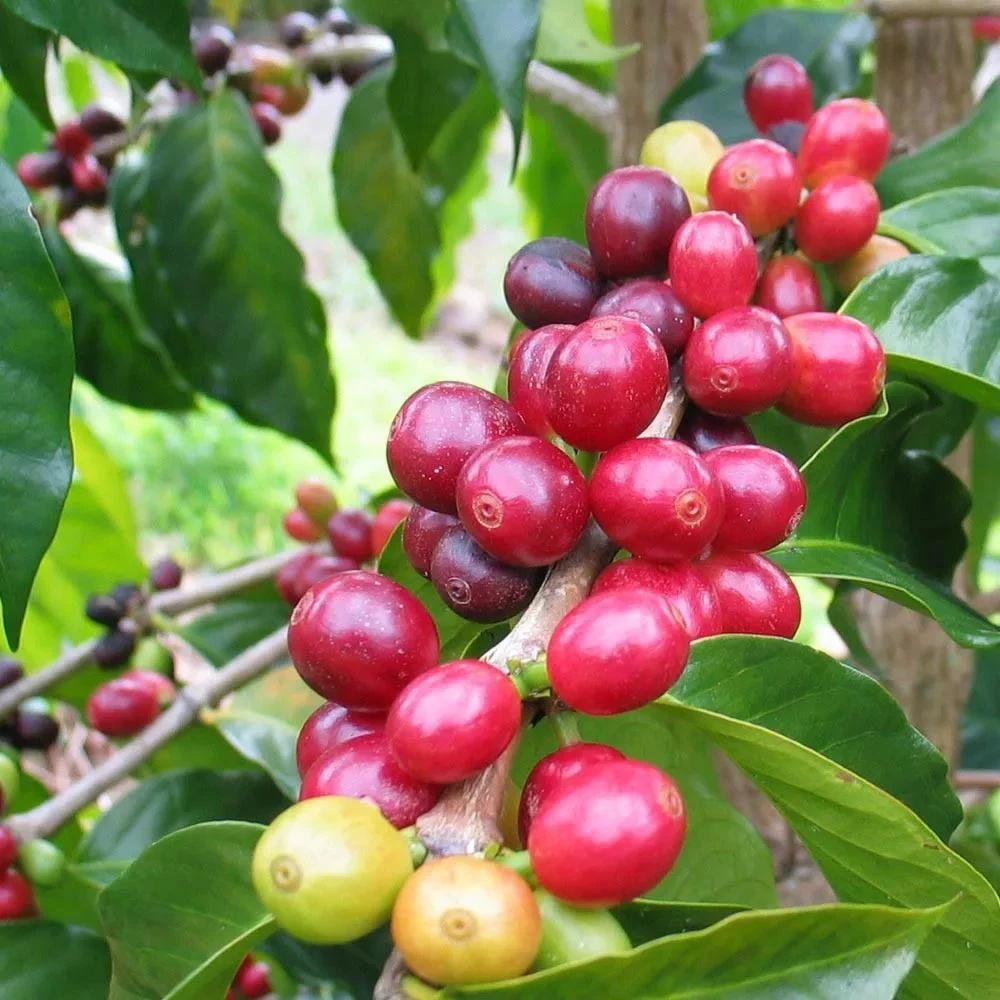
The origin of the name of Huakui coffee
Huakui literally means the head of a hundred flowers, how beautiful it is! What kind of coffee beans can be named after Sakuran? Perhaps this coffee bean, like the Panamanian rosy summer coffee, was inconspicuous at first, and after it was discovered, Sakuran coffee entered everyone's attention. Sakuran refers to the coffee beans from the 2017 toh tanning group champion, which comes from the Guji-Humbela producing area of Ethiopia. Because this coffee bean stood out from the crowd at that time, it was so excellent that it was named "Huakui" under the introduction of Chinese raw bean merchant Hongshun. Qianjie reminds everyone that the sun-tanned coffee produced in the Guji producing area of Sidamo Coffee is not Sakui coffee, but only the sun-tanned coffee produced and processed by the Buku Abel processing plant is the "Sakuran", so the Buku Abel processing plant is also known as the "Sakuran Manor". The coffee flavor is affected by the planting environment, and the place where Huakui is planted is surrounded by sugar cane and bananas, which makes Huakui coffee taste smooth, with the acidity of passion fruit and fermented wine with sun treatment.
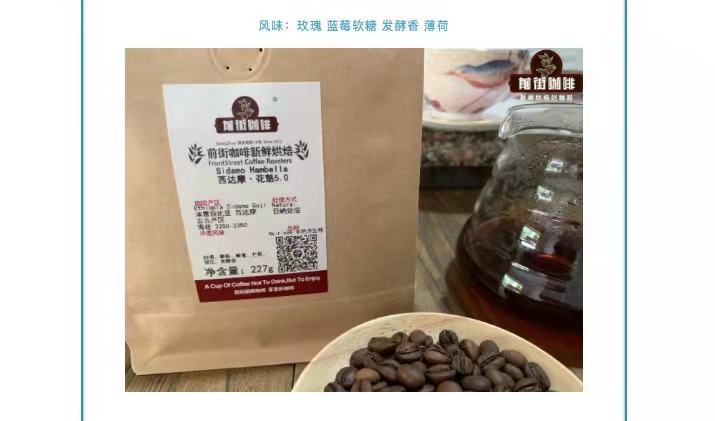
Xidamo Guji producing area-Humbela
It is said that the flavor of coffee is related to climate and altitude. High-altitude and high-quality environment can naturally grow high-quality coffee beans. The Guji producing area, which once belonged to the Sidamo producing area, has been independent into a new producing area by the Ethiopian Commodity Exchange (ECX) in 2010. The Guji producing area, located in the southeast of Yejasuffi, is an area with complex topographical changes such as towering mountains, valleys and plains. The geology of this area belongs to the nutrient-rich black soil (Vertisol), the depth of the soil is nearly two meters, and the average elevation is more than 1800 meters. The significant temperature difference between day and night created by geographical characteristics makes the local area have various local conditions for producing high-quality coffee.
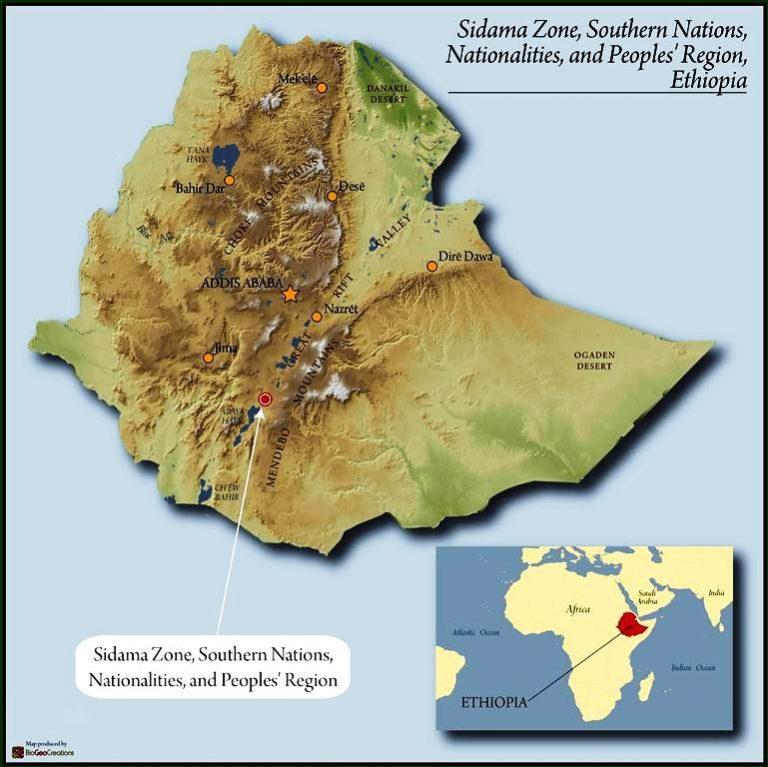
Huakui coffee beans come from Hambella, which is located in Ethiopia's famous boutique coffee producing area of GUJI (formerly part of the Sidamo coffee region), and the administration belongs to the state of Oromia. The west of Hambella is across the mountain from kochore, the two producing areas are separated by highlands with an elevation of 3200 meters and a width of about 30 kilometers, and the north and south are connected with the producing areas of shakiso Shagiso, Uraga Uraga and Kercha in Guji respectively. It is the highest coffee producing area in Ethiopia (Harrar is the highest main producing area in Ethiopia).
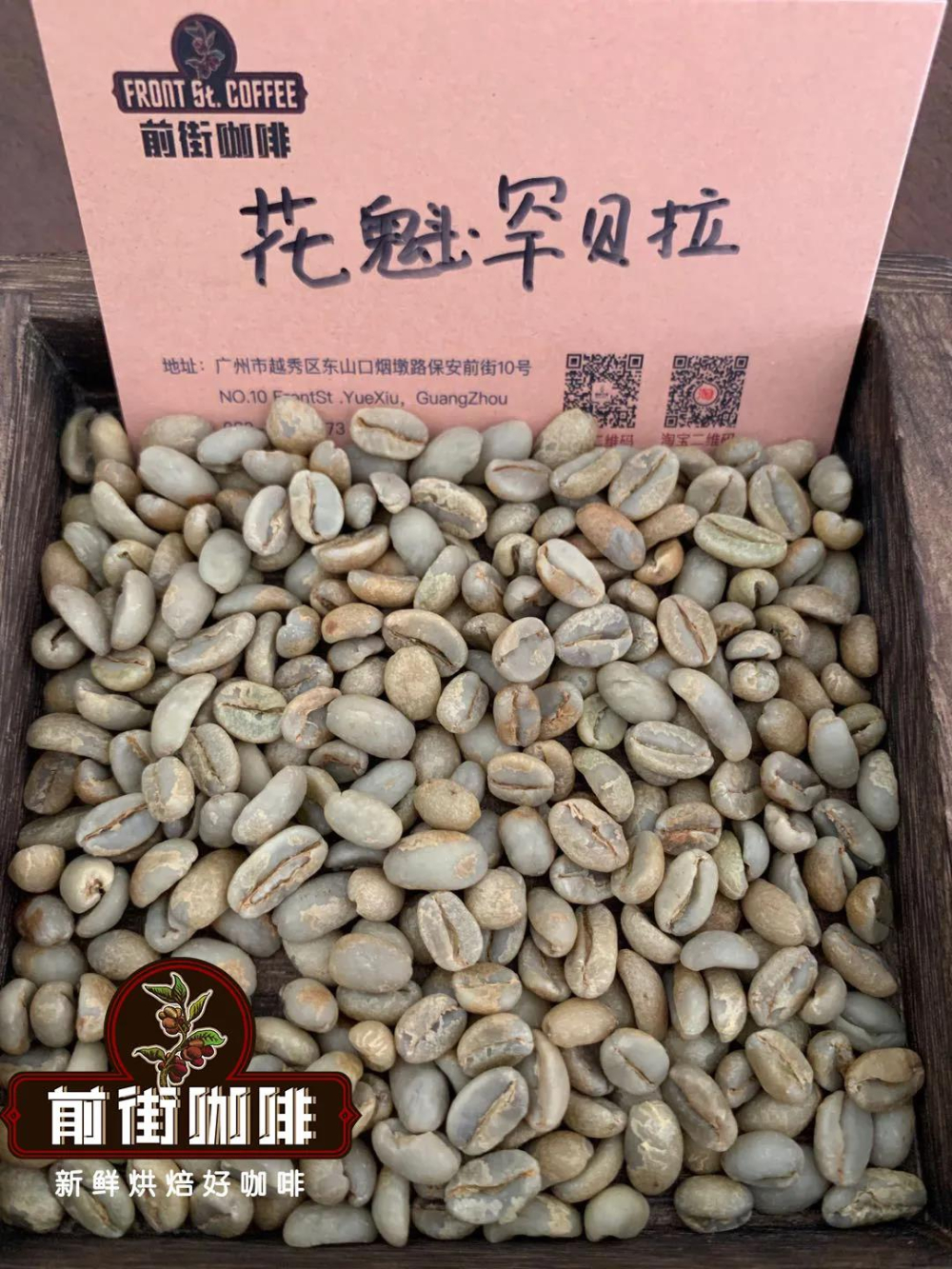
At present, there are about 20 processing plants of various sizes in Hambella producing areas. In 2017, a sun bean from DW's "Buku Abel" processing plant won the Ethiopia National Taste of Harvest Competition championship, and Chinese raw bean importers named the bean Sakuran, which at that time had a strong strawberry and creamy aroma. In other words, only coffee beans produced by the "Buku Abel" processing plant are called Sakuran. Qianjie Coffee also offers coffee products produced by the Bucu processing Plant (Buku abel).
Huakui coffee variety
What kind of coffee is Sakui coffee from Ethiopia? Why is it written as a native species? Qianjie tells everyone: Ethiopia is the genetic land of coffee, and there are many kinds of coffee. Unlike the American Coffee Farm, coffee varieties are not artificially brought to the beans. As a result, it is impossible to distinguish between varieties, and it is possible that there are thousands of varieties in an area where coffee is grown, and Ethiopia's coffee beans vary in size to prove this argument. Faced with this situation, Ethiopia can only use the word "native species" to cover home-grown coffee varieties.
Treatment of Huakui Coffee Bean
In addition to the flavor of coffee producing areas, varieties, in fact, there are certain reasons for the treatment of coffee beans. Huakui coffee in Qianjie uses the oldest natural treatment-sun treatment. It is learned in Qianjie that farmers will pick coffee fruits from December to January every year, and the sugar content of coffee red fruits must reach more than 30% before they can be treated in the sun. The sun drying process is very fastidious, the first two days must ensure the humidity of coffee red fruit, so that its fructose is fully fermented. When the noon temperature is relatively high, shade should be carried out in time to prevent red fruit from sunburn, which is not conducive to fermentation. Then at night, in case of sudden rain, it is wrapped in thick plastic.

Coffee is one of the crops, and its flavor will certainly change under the influence of climate, so the flavor of Huakui coffee will be a little different from year to year. Therefore, Hongshun Company uses the coffee beans introduced from the "Buku Abel" processing plant in Humbera to distinguish the previous Sakui coffee according to the year and represent different batches or seasons, which are called Sakui 2.0, Sakui 3.0, Sakui 3.1, Sakui 4.0 and Sakui 5.0. By analogy, should this year's Sakuran be called Sakuran 6.0? Qianjie is also looking forward to the arrival of Sakui 6.0, Qianjie believes that Sakui 6.0 will not let you down!
Qianjie coffee brewing suggestion:
For coffee brewing, the front street is suggested that freshly roasted coffee beans can better reflect the rich flavor of coffee. So the coffee beans sold on Qianjie are roasted within 5 days. The purpose of Qianjie roasting is "freshly roasted coffee", so that every guest who places an order is the freshest coffee when he receives the coffee. The bean cultivation period of coffee is about 4-7 days, so when the guest gets it, it is the time when the flavor is the best.
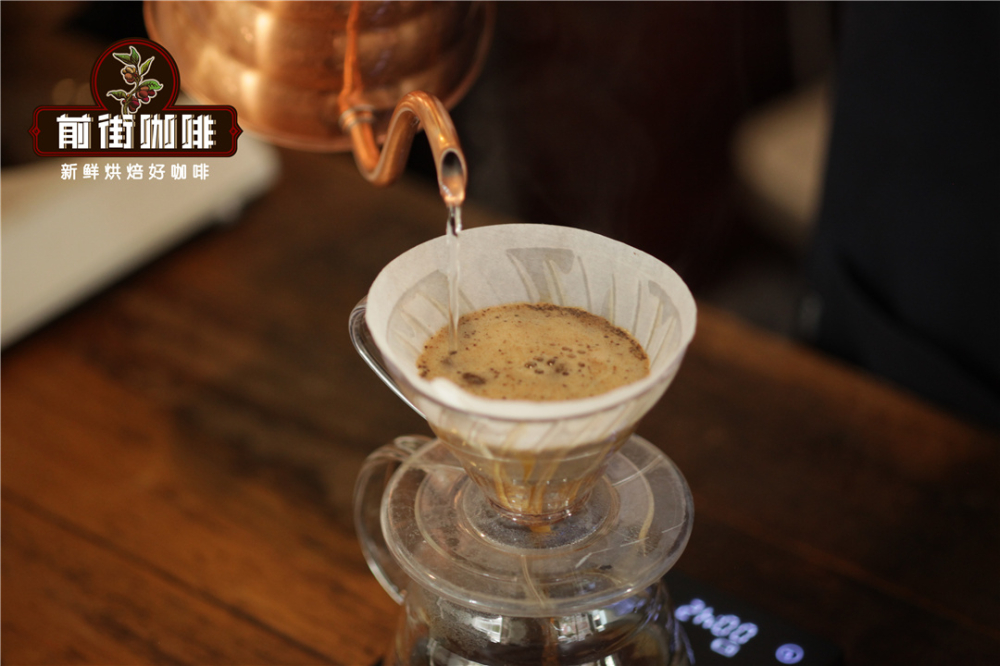
Of course, there are also some customers who need help grinding powder in front of the street, which does not matter, but Qianjie has to remind: coffee beans have been ground in advance, they need to be cooked in time; if they have been ground into coffee powder, there is no need to raise beans, because in the process of transportation, the pressure caused by carbon dioxide in the packaging can also make the coffee flavor mellow, so when you receive coffee powder, you can immediately make a cup of coffee drink.
But the coffee powder oxidizes faster after contact with the air, that is to say, the flavor of the coffee will dissipate more quickly, and the flavor of the coffee is not very good. Therefore, Qianjie suggests buying whole beans, grinding and flushing now, so that we can better taste the rich flavor of coffee.
Qianjie Huakui coffee brewing suggestion: in order to fully extract the rich layering of Huakui coffee beans in Qianjie, filter cup: Hario V 60, water temperature: 90 ℃, powder content: 15 grams, powder / water ratio: 1:15, grinding degree: medium fine grinding (Chinese standard 20 sieve pass rate 80%)
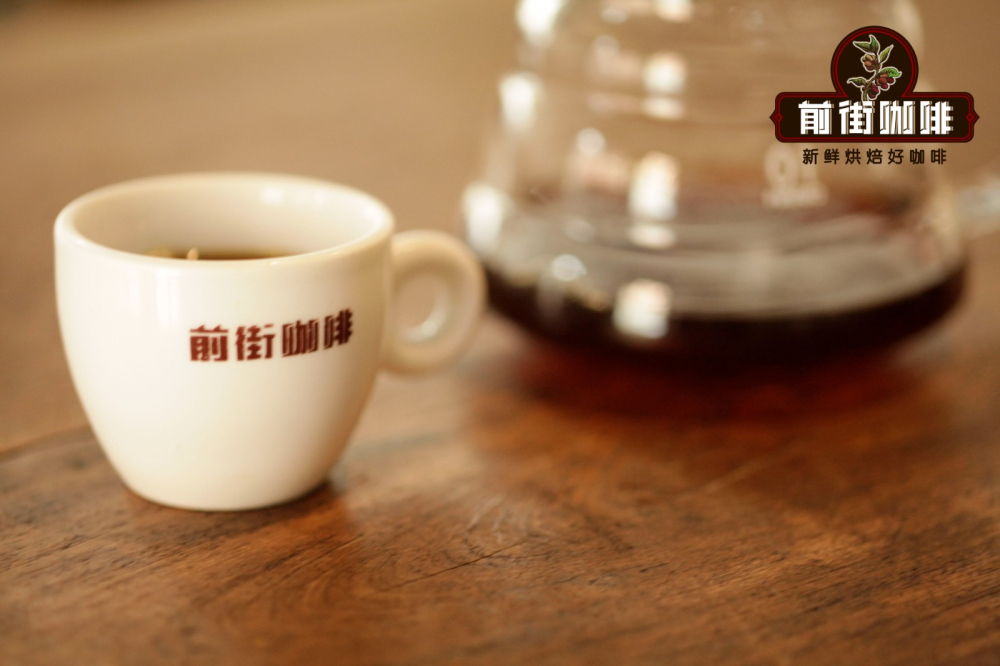
The use of segmented extraction, with twice the amount of coffee powder water for steaming, that is, 30 grams of water for 30 seconds, and the reason for the need for steaming process is to make coffee powder can discharge the internal carbon dioxide gas, so that the latter stage of the extraction is better stable. When the small water is injected around the circle to 125 grams, the injection will be stopped until 225 grams, then the filter cup will be removed after the dripping of the filter cup, and the extraction time will be 2 minutes 39 grams. Next, pick up and shake the whole cup of coffee, then pour it into the cup and taste it.
Qianjie Sunshine Flower Kui Coffee flavor description: citrus sour, full berry juice, lemon black tea, long-lasting sweetness.
Professional coffee knowledge exchange more coffee bean information please follow the coffee workshop (Wechat official account cafe_style)
For more boutique coffee beans, please add private Qianjie coffee on Wechat. WeChat account: qjcoffeex
Important Notice :
前街咖啡 FrontStreet Coffee has moved to new addredd:
FrontStreet Coffee Address: 315,Donghua East Road,GuangZhou
Tel:020 38364473
- Prev

Introduction to the famous manors of organic coffee producing areas
Professional coffee knowledge exchange more coffee bean information please pay attention to the coffee workshop (Wechat official account cafe_style) coffee mellow addictive, a cup of coffee in the morning is the beginning of the day, but someone in order to love coffee in San Tin Hill to grow a piece of organic coffee, has a coffee estate, here to make organic coffee in the estate, every sip except through the tip of the tongue
- Next
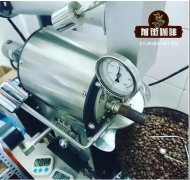
Kenya Sika producing area introduces in detail the treatment and flavor characteristics of Kenyan Sika coffee beans.
Professional coffee knowledge exchange more coffee bean information please follow Coffee Workshop (Wechat official account cafe_style) Wam Gumar processing Plant in Sika, Kenya. Although Kenya and Ethiopia are adjacent to each other, they are both major coffee producers in Africa, but there are obvious differences in coffee varieties and flavors. The main features of Kenyan Sika coffee are bright and rich.
Related
- Does Rose Summer choose Blue, Green or Red? Detailed explanation of Rose Summer Coffee plots and Classification in Panamanian Jade Manor
- What is the difference between the origin, producing area, processing plant, cooperative and manor of coffee beans?
- How fine does the espresso powder fit? how to grind the espresso?
- Sca coffee roasting degree color card coffee roasting degree 8 roasting color values what do you mean?
- The practice of lattes: how to make lattes at home
- Introduction to Indonesian Fine Coffee beans-- Java Coffee producing area of Indonesian Arabica Coffee
- How much will the flavor of light and medium roasted rose summer be expressed? What baking level is rose summer suitable for?
- Introduction to the characteristics of washing, sun-drying or wet-planing coffee commonly used in Mantenin, Indonesia
- Price characteristics of Arabica Coffee Bean Starbucks introduction to Manning Coffee Bean Taste producing area Variety Manor
- What is the authentic Yega flavor? What are the flavor characteristics of the really excellent Yejasuffi coffee beans?

